General Info – summary
This widespread, semi-deciduous, scented Tree is up to 9m high. Simple, leathery aromatic Leaves lack stipules and occur along branchlets. 5-merous yellow dioecious Florets in terminal panicles. Male florets have spurred anthers and females have a single pistil containing an inferior ovary and a single exserted style ending in 2 stigmas. Fruit is a single seeded cypsela, imbedded in a white, cotton wool like covering.
Description
Tarchonanthus camphoratus
Previous Names: Tarchonanthus abyssinicus, Tarchonanthus camphoratus L. var. litakunensis, Tarchonanthus litakunensis, Tarchonanthus procerus.
SA Tree No. 733.
Common names: (Afr) Basterolien, Bastervaalbos, Bergvaalbos, Kanferboom, Kanferbos, Kanferhout, Kapokboom, Kleinkanferbos, Kleinvaalbos, Olienbos, Olienkanferbos, Olienvaalbos, Salie, Saliehout, Saliekanfer, Siriehout, Sirihout, Vaalbos, Veldvaalbos, Waaibos, Wildekanferbos, Wildesalie, Witbos. (Eng) African Fleabane, Camphor Bush, Camphor Tree, Camphor Wood, Sagewood, Wild Camphor Bush, Wild Cotton, Wild Sage. (IsiNdebele) Umnqebe. (Northern Sotho) Sefahla, Sefahlane. (isiXhosa) Isiduli selindle, Mathola. (isiZulu) Igqeba-elimhlophe, Igqebe-elimhlophe, Isiduli-sehlathi. (Setswana) Mofahlana, Mohata, Mohatlha. (siSwati) Ligcebe Lelimhlophe, Qoboqobo. (Tshivenda) Moologa, Moologo. (Xitsonga) Mofathla.
Family Asteraceae, Compositae. (Daisy family: includes sunflowers, lettuce, chicory, marigolds). There are in excess of 1 900 genera and close to 33 000 species. This is possibly the second biggest plant family. In southern Africa, there are 246 genera and about 2 300 species. Local genera containing trees on this website include Brachylaena, Oldenburgia and Tarchonanthus. Some members have flowers grouped in heads and the whole head may appear to be a single flower – like the “sunflower”. Surrounding each flower are bracts. Individual Flowers have sepals replaced by a pappus which may be bristle, plume, scale or awn like. Individual flowers are called Florets that may have 5 fused petals. The inferior Ovary contains one Ovule, and the Style has 2 lobes. In the Asteraceae the flowers are called florets. In all members, Central Florets / Disc Florets are present. In some members, excluding Brachylaena, Outer Florets / Ray Florets are also present. These occur around the periphery and are usually long and brightly coloured (e.g., yellow outer florets in the sunflower).
Name derivation: Tarchonanthus – funeral rites flower: perhaps because of the camphor aroma. Burchell named the genus Tarchonanthus. camphoratus – refers to the strong, camphor like smell. There are 7 species in southern Africa.
Conservation: National Status: L C. (Least concern). Assessment: 2018 (L. von Staden).
Tree
All parts of the plant smell of camphor – especially when rubbed. The usually small Tree (photo 701) may reach up to 9m high. It may have a branching form from the base or it may be a stunted bush. The Trunk may be clean and crooked and up to 30cm wide. The brownish grey Bark becomes rough (702) and distinctly vertically fissured with age (photo 832). All parts have a strong smell of camphor.
- 701 2016.10.04 Walter Sisulu NBG. Photo: David Becking.
- 832 2014.03.25 Walter Sisulu NBG. Photo: David Becking.
- 702 2020.01.20 Walter Sisulu NBG. Photo: David Becking.
Leaves
The tree is semi-deciduous and the aromatic Leaves occur along the branchlets (photo 304) and not only at branch ends as they do in T. trilobus. Leaves in T. camphoratus range from 3-15cm x 8-4cm. They are alternate and simple (has a single blade that may have incisions that are not deep enough to divide the blade into leaflets). They are lanceolate, oblong, elliptic or ovate (shape of an egg) and similar to those of Brachylaena species. Leaves in northern areas may be oblanceolate (the reverse of lanceolate, the leaf is broader at the apical third than at the middle and tapers towards the base). The leathery Blade is green or greyish green and minutely wrinkled on the upper surface. It is white or greyish and minutely hairy on the lower surface. Veins are more prominent below (photo 305) and the Midrib (the main rib of a leaf or leaf-like part, a continuation of the petiole) is visible above, and protrudes below (photo 305). In the detailed view of this translucent leaf against a strong light, the side veins are visible curving towards the margin (photo 688). The surface may be finely pitted and rough. The Margin is usually untoothed but minute hairs may be visible. When toothed, the teeth are fine. The Apex is round to tapering and may end in a sharp point (photo 304). In T. trilobus, the apex is strongly serrate. In T. camphoratus the Base is narrowed. Here the Petiole (leaf base) is up to 1,2cm long (photo 305) and lacks Stipules (basal appendages of the petiole). Coppice (damaged growth developing from the stump or roots) plants usually have larger leaves that may be toothed.
- 180 2014.02.04 Walter Sisulu NBG. Photo: David Becking.
- 304 2014.06.24 Walter Sisulu NBG. Photo: David Becking.
- 305 2014.06.24 Walter Sisulu NBG. Photo: David Becking.
- 688 2018.02.06 Walter Sisulu NBG. Photo: David Becking.
Flowers
The small Flowers are Florets (individual flowers mainly in Asteraceae and grasses that make up a dense form of inflorescence). Separate Male and Female Capitula (a capitulum is a dense flat cluster of small flowers or florets) that develop on different plants i.e. they are Dioecious. Within each capitulum, the flowers are arranged in terminal compound Panicles (indeterminate, branched inflorescence with stalked flowers – photo 36). Florets are usually covered with white, woolly hairs. Each floret has a honeycombed Receptacle (the expanded tip of the flower stalk from which the floral parts develop. It is greatly expanded in the Asteraceae and Ficus). It is flat or slightly convex and not covered with chaffy scales. The Corolla consists of 5 joined petals with a very short tube. Male Florets are in small, greenish-white balls with initially joined petals, which become recurved. They are more numerous than female florets – up to 25. The 5 exserted (extending beyond the corolla) Stamens are epipetalous (born or arising from the petals or corolla) and form a cylinder around the style. Anthers are spurred and caudate (having a tail-like appendage). There is an abortive ovary present. The Female Florets are woolly, whitish and develop at the ends of branches in heads of 4 or 5. Here the Corolla is shorter than the ovary. There is a single Pistil (a unit of the Gynoecium, the female element of the flower, composed of the Ovary, Style and Stigma) with an inferior Ovary. There is a single short, flat-branched Style ending in 2 stigmas. (Feb-Aug+).
- 36 2015.01.27 Walter Sisulu NBG. Photo: David Becking.
Fruit
In the family Asteraceae, the Fruit is a Cypsela a dry single-seeded fruit formed from a double ovary of which only one develops into a seed, as in the daisy family). The fruit is embedded in a cotton wool like hairy covering that is a clear white – at least initially. (Mar-Nov).
- 523 2017.07.18 Walter Sisulu NBG. Photo: David Becking.
- 522 2017.07.18 Walter Sisulu NBG. Photo: David Becking.
Distribution & Ecology
This plant grows in a wide range of habitats from coastal swamps to dunes. Habitats include forest margins and karroid (on or characteristic of the Karoo), Free State shrubland and semi desert. Trees help bind beach as well as the Kalahari sands. The altitude range is from sea level to 1 800m. The tree occurs in all provinces in South Africa – prominent in the dry west. It also occurs in Lesotho, Swaziland, possibly Mozambique (unconfirmed report – along the border with SA), Botswana, Namibia and northwards into tropical Africa and extending into the Arabian Peninsula. In times of need animals such as giraffe, impala, kudu and springbok browse the Leaves. Burnt trees often shoot again from the ground. When close to the sea, it can survive salt water better than most trees. It is also drought wind resistant and in dry areas serves as a valuable browsing source. This plant has the capacity to regenerate from the base after a fire.
Ethnobotany
The Tree is a source of aromatic oils. They are attractive, survive both colt temperatures and dry conditions. Planted trees make good windbreaks. The Leaves are used to feed stock and in times of need the plant becomes an invaluable food asset for domestic stock. Zulu women use the leaves to decorate and perfume their hair. The Wood is fairly hard close grained and termite proof. It is relatively dense and works well on a lathe producing good attractive furniture when polished. Musical instruments are made from it. The wood is also used for building punts (long, narrow flat-bottomed boats, square at both ends and propelled with a long pole). Other important uses include long lasting fence poles, spear shafts and walking sticks. As a fuel, it gives off a strong aromatic smell and burns – even when green. Splinters may be poisonous. Cottony seed heads are used in cushions. The Seeds germinate after a month or two and respond well to transplanting. Plants are dioecious. Thus, if seeds are required, both male and female trees are needed. Parts of the plant are widely used in local medicine.
References
Burrows, J.E., Burrows, S.M., Lotter, M.C. & Schmidt, E. Trees and Shrubs Mozambique. Publishing Print Matters (Pty) Ltd. Noordhoek, Cape Town.
Coates Palgrave, M. 2002. Keith Coates Palgrave Trees of Southern Africa, edn 3. Struik, Cape Town.
Lawrence, G. H. M, 1951. Taxonomy of Vascular Plants. The Macmillan Company, New York. Tenth Printing 1965.
Palmer, E. & Pitman, N. 1972. Trees of southern Africa. Balkema, Amsterdam, Cape Town.
Schmidt, S. Lotter, M. & McCleland, W. 2002. Trees and Shrubs of Mpumalanga and the Kruger National Park. Jacana, Johannesburg.
van Wyk, B. & van Wyk, P. 1997 Field guide to Trees of Southern Africa. Struik, Cape Town.
von Staden, L. 2018. Tarchonanthus camphoratus L. National Assessment: Red List of South African Plants version 2020.1. Accessed on 2021/10/11.
http://www.plantzafrica.com/planttuv/tarchoncamphor.htm
http://www.prota4u.org/protav8.asp?p=Tarchonanthus+littoralis
http://www.plantzafrica.com/planttuv/tarchonlit.htm
http://posa.sanbi.org/flora/browse.php?src=SP

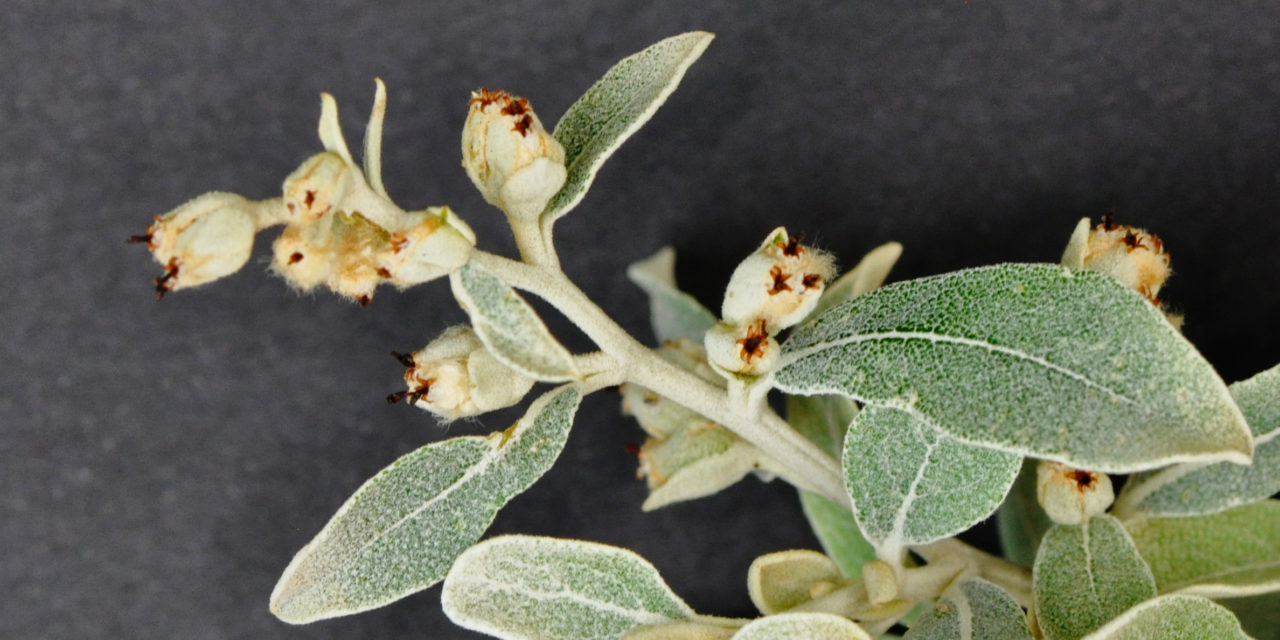
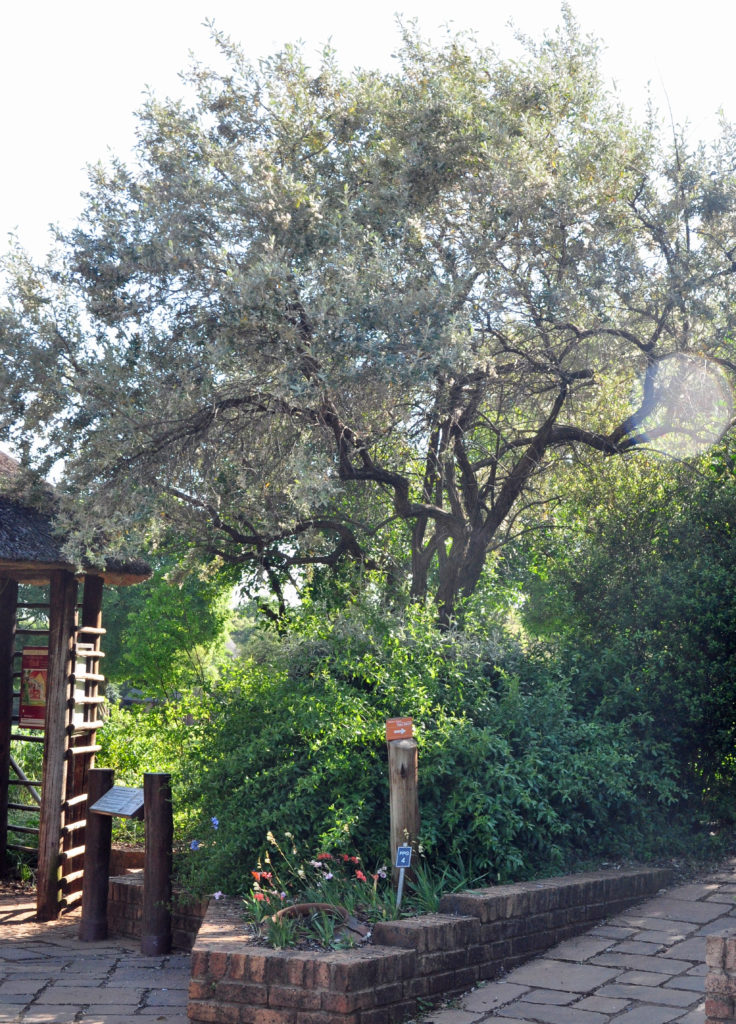
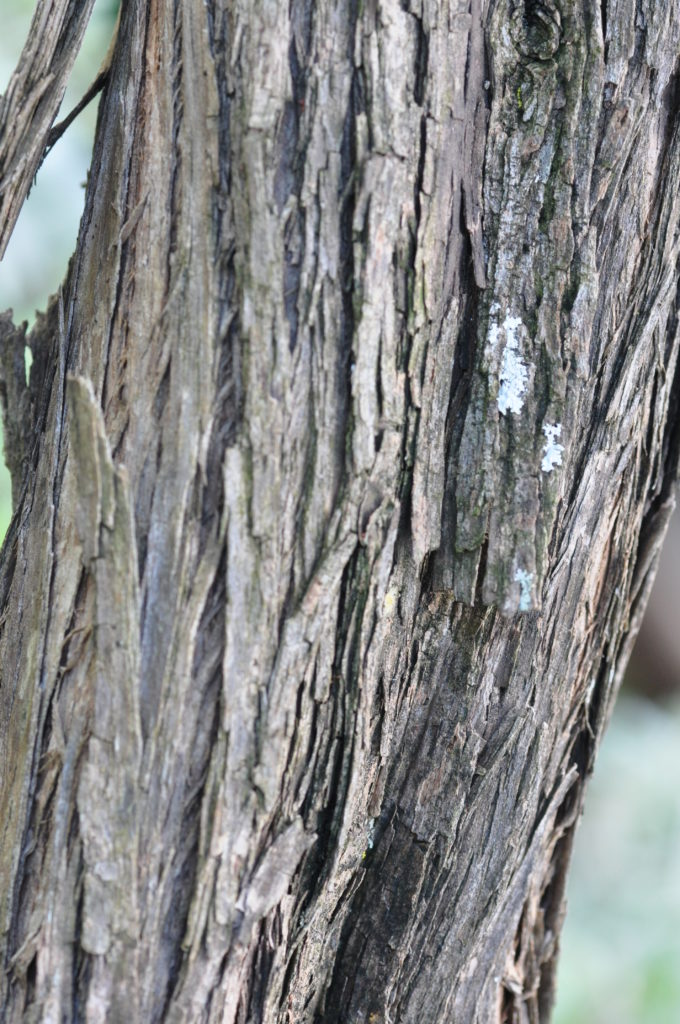

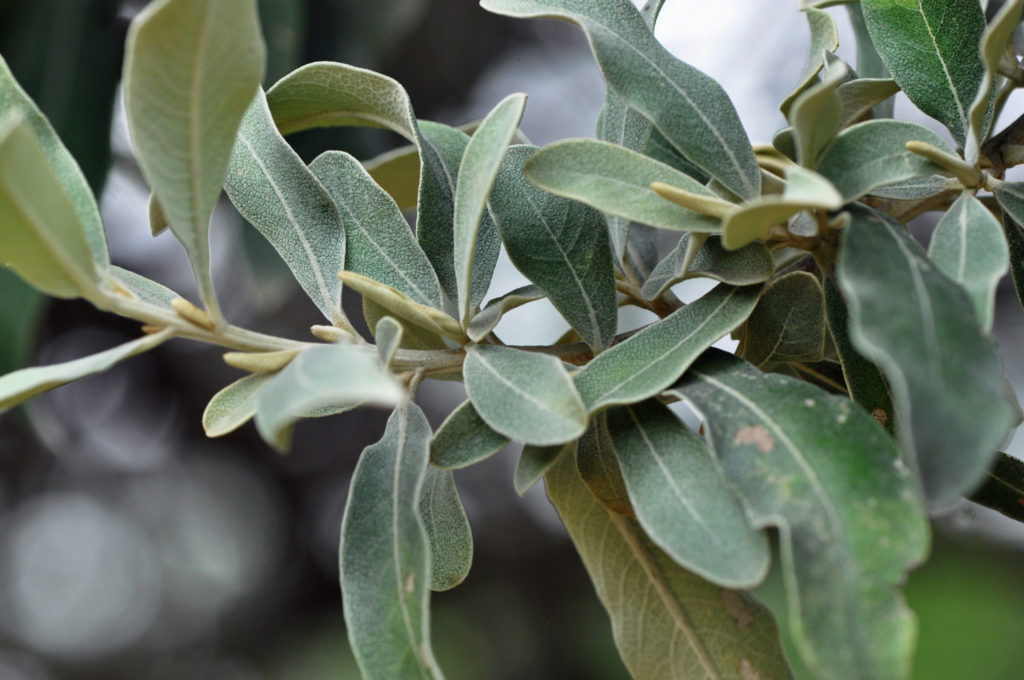
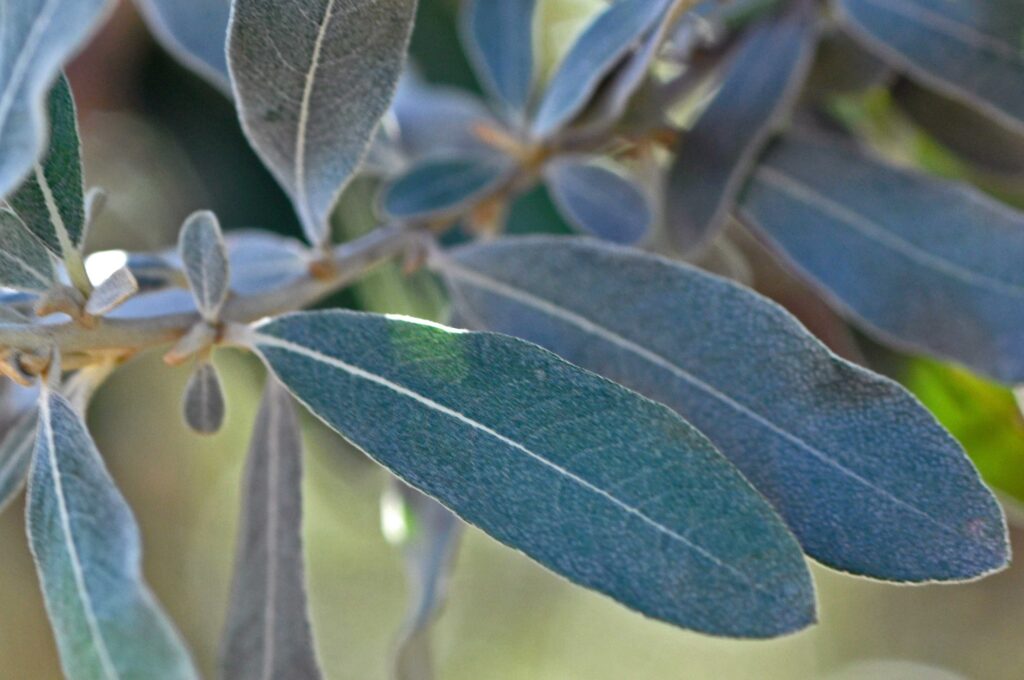
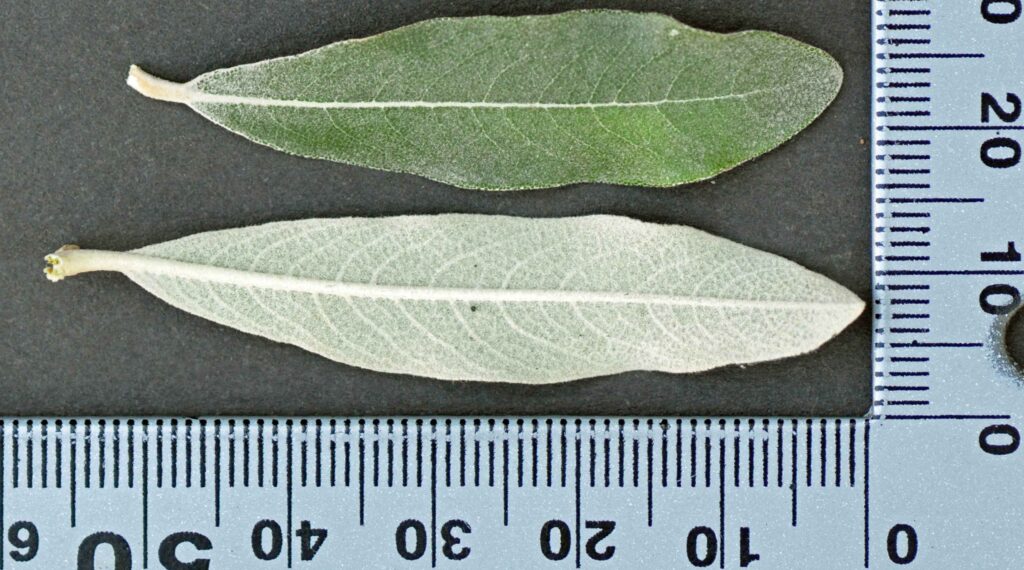
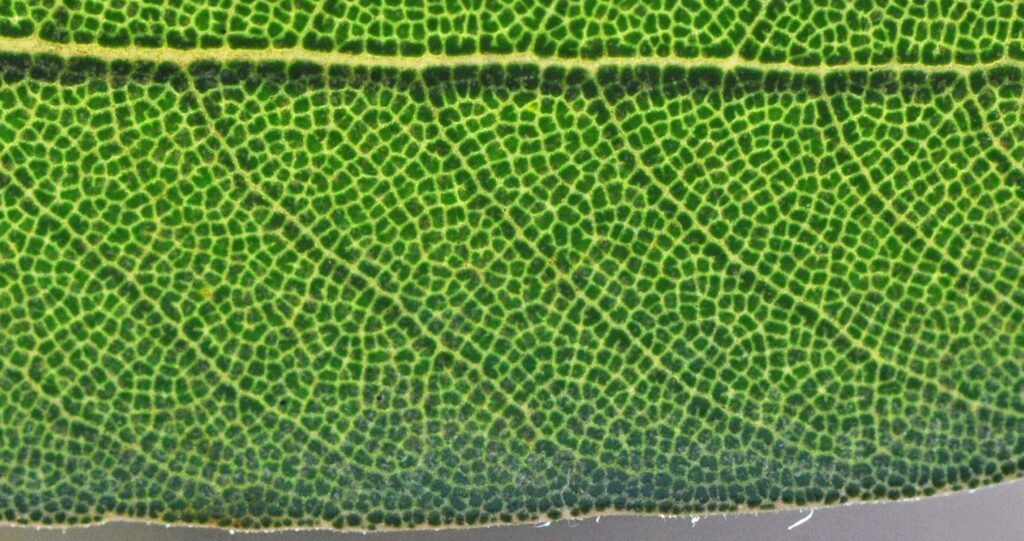
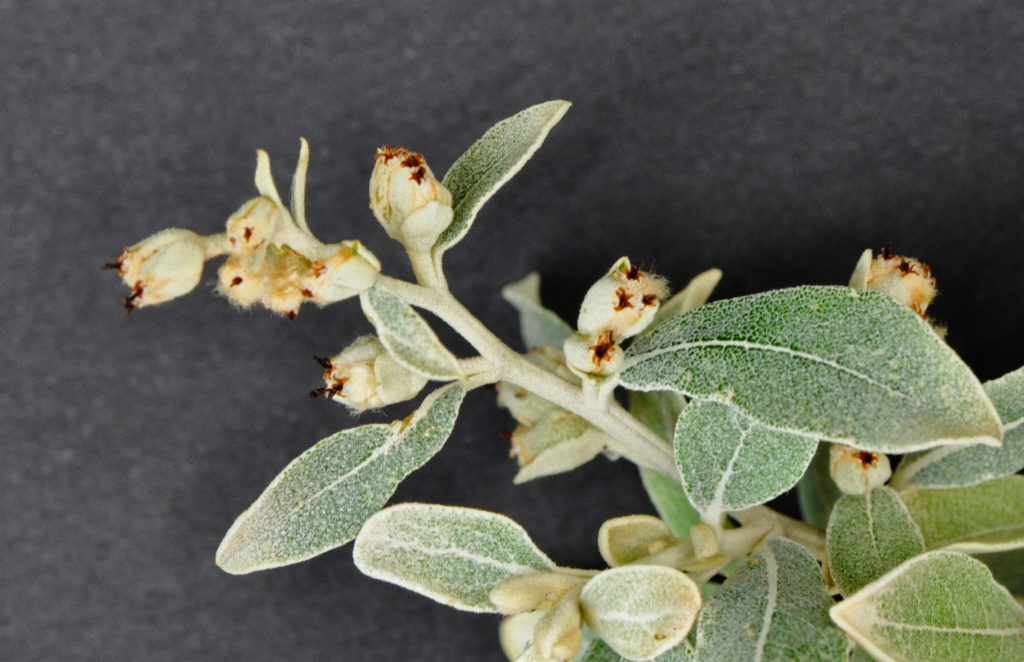
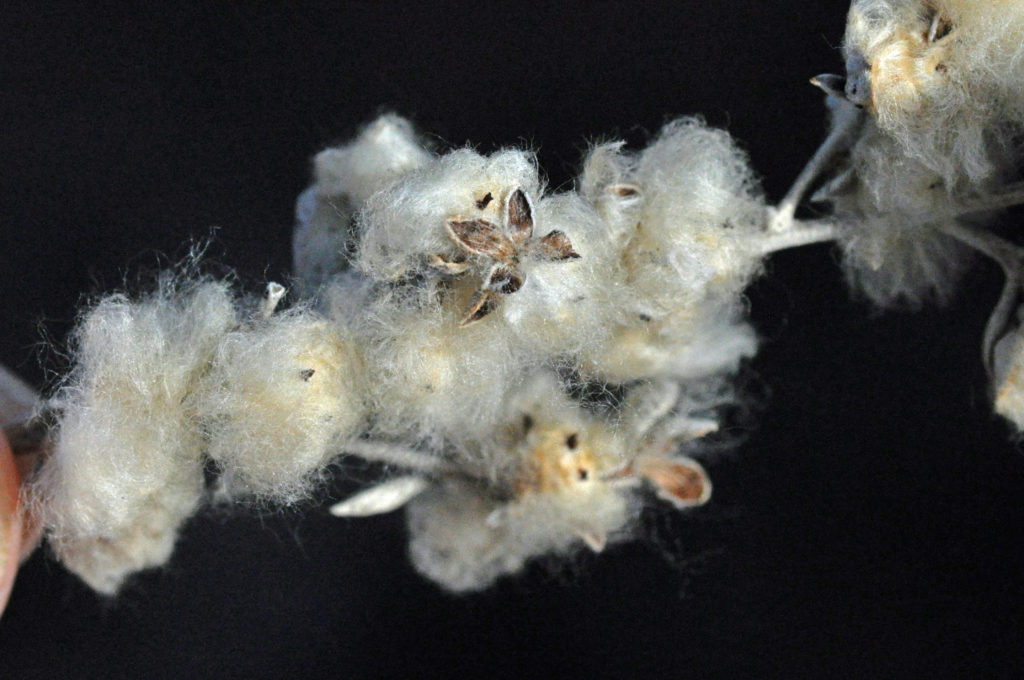
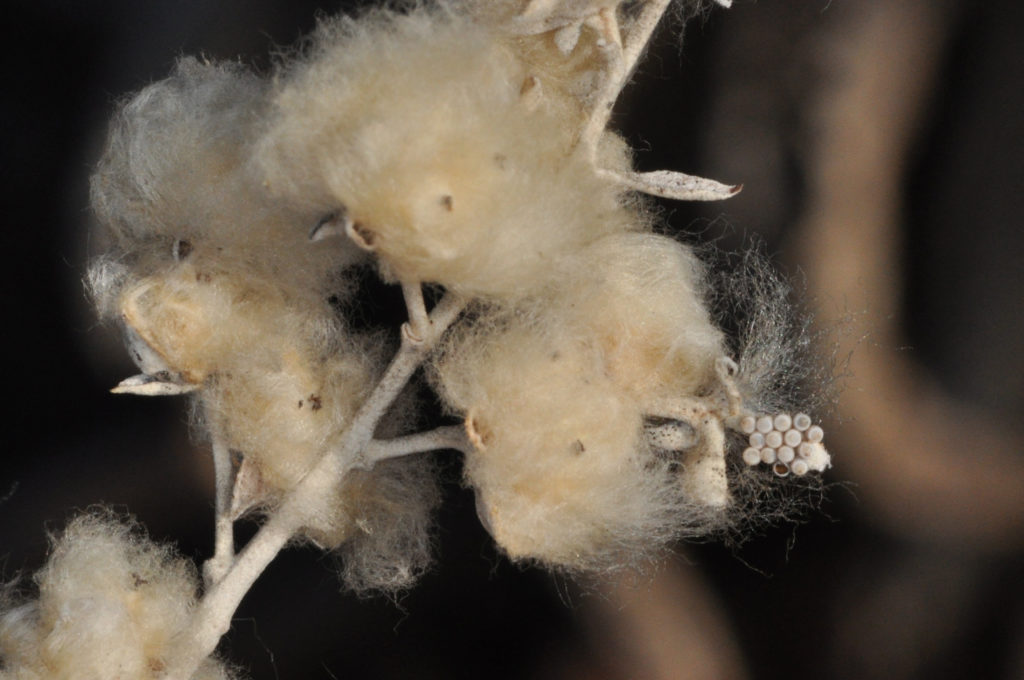
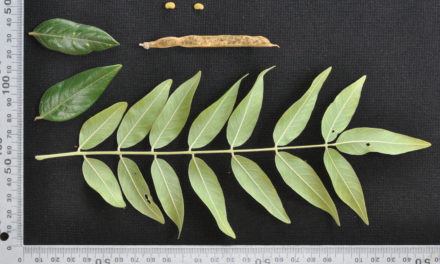
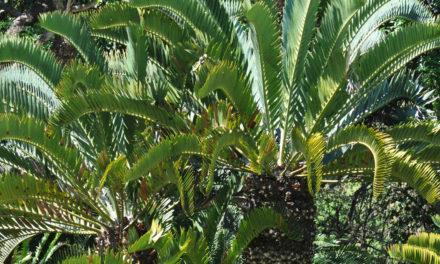
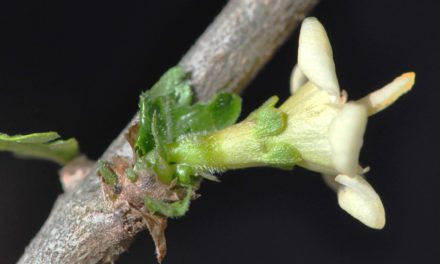
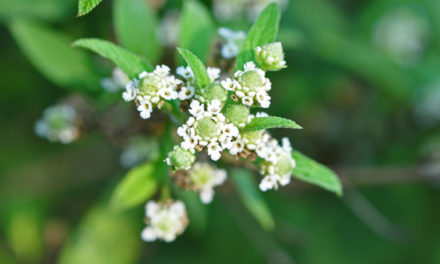
what’s up, principal blog on unctuous loss. this helped.